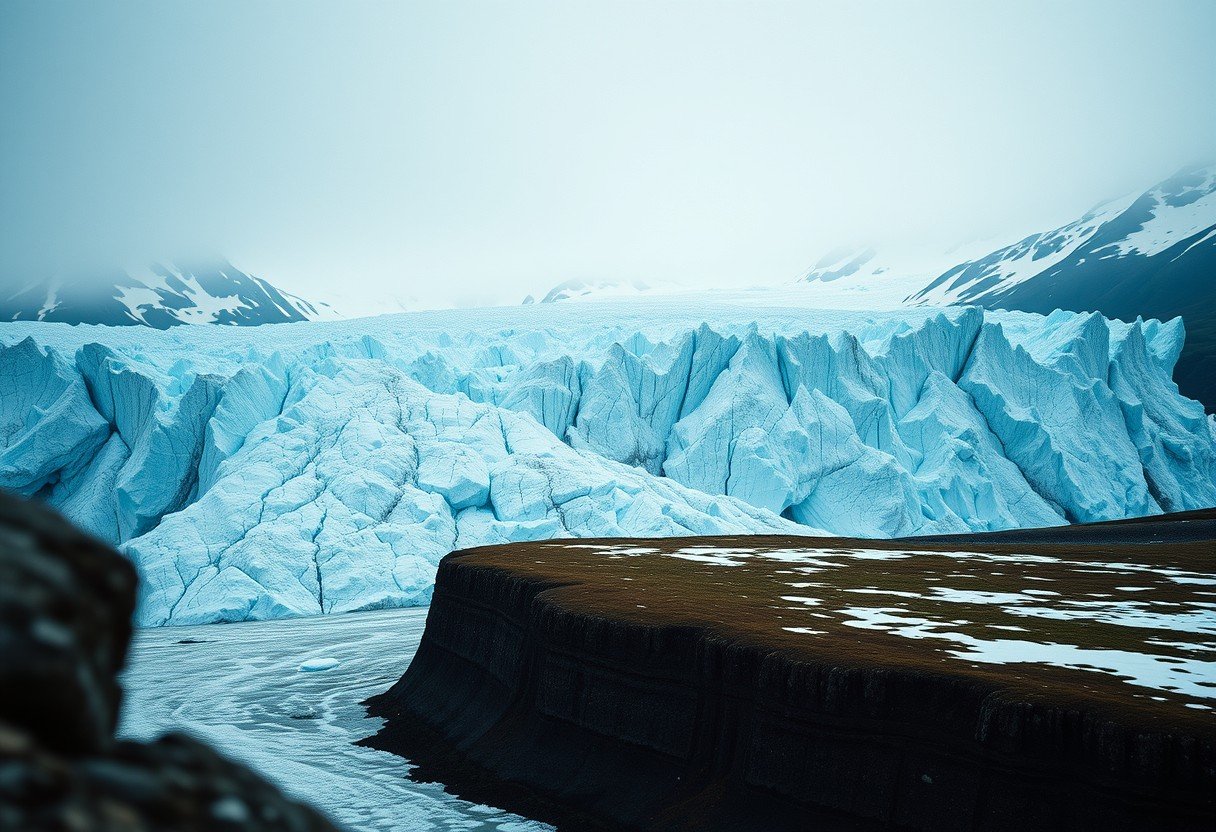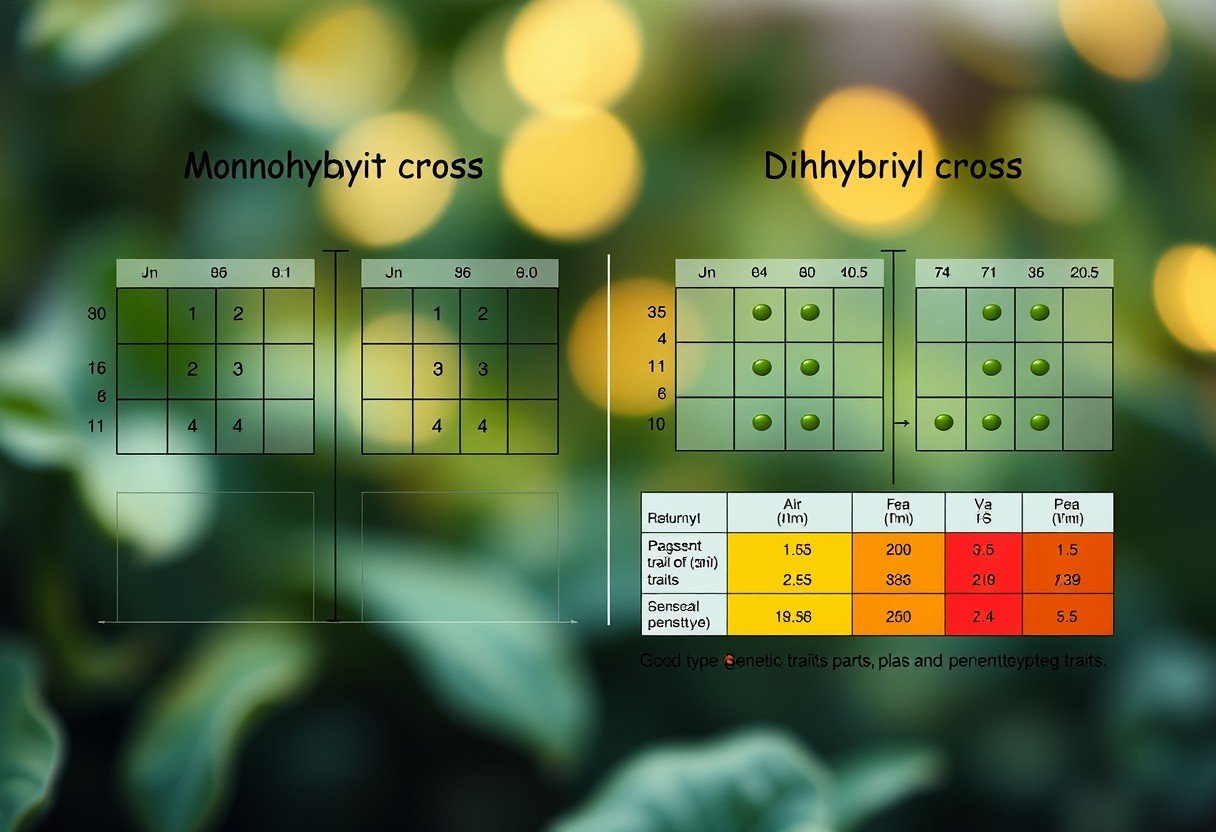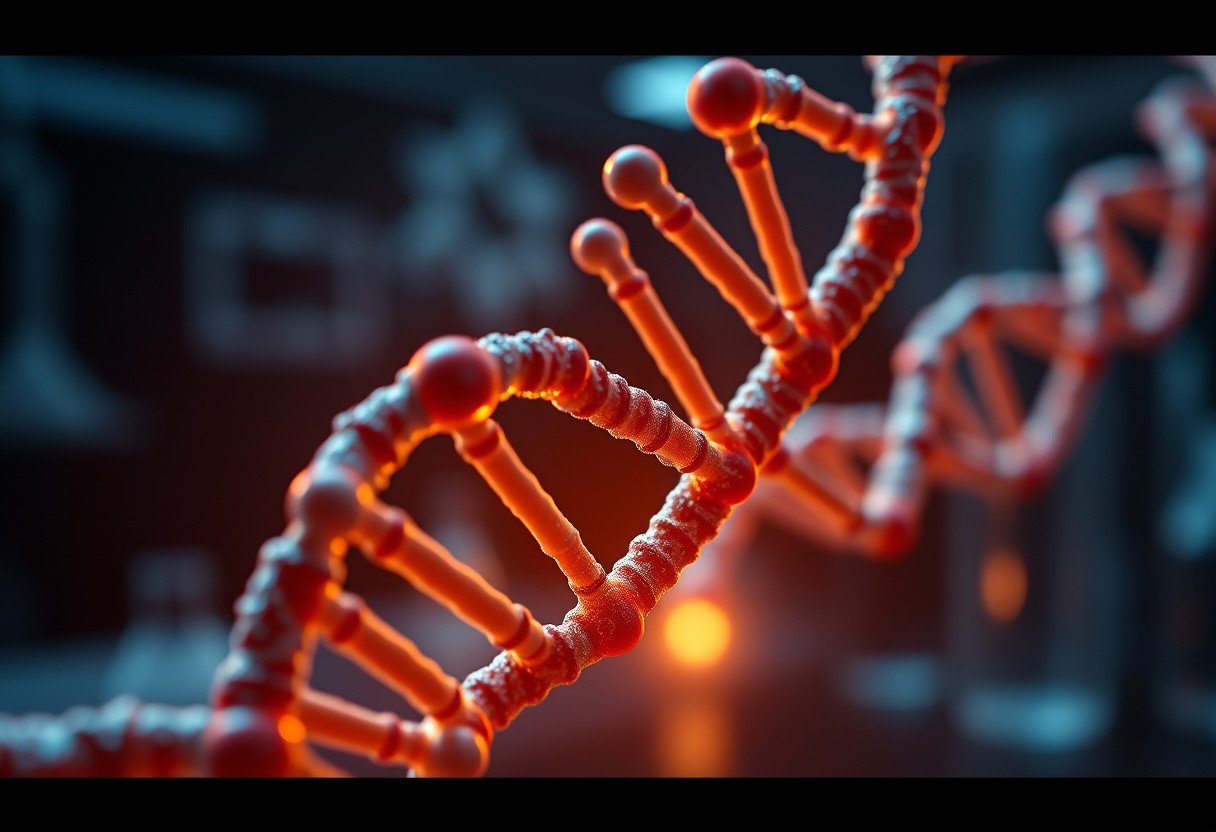Warming temperatures are raising serious concerns about the O’higgins Glacier in Patagonia, one of the most important ice fields in the world. Compelling evidence from satellite images and temperature records shows how global warming is shrinking this massive glacier. Understanding these changes is vital to grasping the larger impact of climate change on our planet’s delicate ecosystems.
What is the O’higgins Glacier and Why is it Important?
The O’higgins Glacier is a major glacier located in the Southern Patagonian Ice Field. Its immense size and stunning beauty make it a key subject for scientists studying climate change.
This glacier is situated in a dynamic landscape filled with mountains and other ice formations. It provides a crucial window into how one of the world’s most pristine environments is responding to a warming climate.
For centuries, the O’higgins Glacier has shaped the local geography and ecosystem. It has served as a vital water source for indigenous communities and settlers, influencing agriculture and local culture. The glacier has become an iconic symbol of the fragile balance between nature and human impact.
How is Global Warming Affecting the Glacier?
Like many glaciers worldwide, O’higgins is showing clear signs of distress from global warming. Rising temperatures, changing weather, and different precipitation patterns all point to a glacier that is struggling to survive.
A review of temperature data in the region reveals a steady and significant increase over the past several decades. This warming trend is directly linked to the accelerated melting of glacial ice.
Regional Temperature Trends
| Year | Average Temperature Increase (°C) |
|---|---|
| 1980 | 0.0 |
| 2000 | 0.4 |
| 2020 | 1.2 |
Another critical factor is the glacier’s mass balance, which has been declining. This imbalance means the glacier is losing more ice through melting than it gains from snowfall each year. Warmer temperatures and shifting precipitation patterns are making this problem worse, leading to a steady reduction in the glacier’s overall volume.
Visible Evidence of the Glacier’s Retreat
Despite its breathtaking beauty, the O’higgins Glacier is retreating at a disturbing rate. Observations clearly show major changes in its size, which directly correlate with rising global temperatures.
Satellite imagery provides some of the most powerful evidence. High-resolution photos taken over many years allow us to see the glacier’s shrinking perimeter. These analyses show that the glacier has pulled back several kilometers in recent decades, offering undeniable proof of its retreat.
Field observations from researchers on the ground support the satellite data. Scientists systematically measure the ice, noting significant losses in mass and changes in the surrounding landscape. These firsthand accounts confirm the formation of melt ponds and large cracks, giving us a more complete picture of the rapid changes taking place.
The Ripple Effect on Local Ecosystems and Wildlife
The effects of a melting glacier extend far beyond the ice itself, creating a domino effect that impacts local ecosystems. As temperatures climb, habitats change, putting stress on many plant and animal species.
These shifts can disrupt entire food webs and reduce the ability of the ecosystem to support life. An increase in temperature often leads to a drop in biodiversity, as native species struggle to adapt while invasive ones may thrive.
- Initially, glacial melt increases water flow into rivers, but this trend is not sustainable and can lead to future shortages.
- Unpredictable river flows affect the survival of species that depend on stable water patterns.
- Increased runoff can carry sediment into water bodies, degrading aquatic habitats and harming fish populations.
These disruptions to the water cycle can trigger a cascade of consequences. Changes in river ecosystems can threaten species that rely on specific water conditions, leading to a weaker and more vulnerable environment.
Long-Term Consequences for Communities and Sea Levels
Understanding the glacier’s decline is crucial because it points to serious long-term consequences. The continued melting will lead to significant changes for both society and the environment.
The accelerated melting of the O’higgins Glacier contributes directly to rising sea levels. As the glacier’s ice turns to water and flows into the ocean, it adds to a global problem that threatens coastal communities worldwide with increased flooding and erosion.
Local communities that rely on the glacier face immense challenges. Reduced access to fresh water could create resource conflicts and disrupt traditional farming and fishing practices. Furthermore, rapid glacial melting increases the risk of natural disasters like landslides and floods, posing a direct threat to the safety and economic stability of the region.
What Can We Do to Help? Mitigation and Adaptation Strategies
To address the impact of global warming on the O’higgins Glacier, we need a combination of mitigation and adaptation strategies. Supporting initiatives that reduce greenhouse gas emissions and build resilience to climate impacts is essential.
Effective climate action plans are necessary to protect the glacier. These plans involve setting targets to lower emissions, investing in renewable energy like solar and wind, and promoting sustainable land use.
You can also play a pivotal role by adopting sustainable habits. Simple actions in your daily life can contribute to a larger movement to protect our planet’s most vital ecosystems. Your choices matter, as they can influence community-wide efforts and policies aimed at preserving our natural world for future generations. Reducing energy consumption, minimizing waste, and supporting local, eco-friendly products are all powerful steps you can take.
Frequently Asked Questions
What are the main signs that the O’higgins Glacier is melting?
The primary indicators are its significant retreat, a negative mass balance where it loses more ice than it gains, increased water runoff into rivers, and noticeable changes in local climate patterns.
How do rising temperatures directly harm the glacier?
Higher air and sea surface temperatures cause the glacier’s ice to melt at an accelerated rate. This leads to thinner ice, a smaller overall mass, and less replenishment from snowfall in the winter.
Is there scientific proof of the O’higgins Glacier’s decline?
Yes, numerous scientific studies using satellite imagery, field surveys, and climate models confirm the glacier is losing mass. This data is consistent with global warming trends and is supported by organizations like the World Glacier Monitoring Service.
How does the glacier’s melting affect nearby people and nature?
The melting alters river flows, which impacts freshwater availability for communities, agriculture, and wildlife. It also contributes to sea-level rise and can disrupt the local biodiversity as habitats change.
What is black carbon and how does it speed up glacier melting?
Black carbon is a type of soot from pollution that can settle on the glacier’s surface. It darkens the ice, reducing its ability to reflect sunlight (its albedo) and causing it to absorb more heat and melt faster.
What can be done to slow the melting of the O’higgins Glacier?
Mitigation efforts focus on reducing global greenhouse gas emissions by shifting to renewable energy and improving energy efficiency. Locally, enhanced monitoring programs and sustainable practices can help protect the surrounding ecosystem.









Leave a Comment